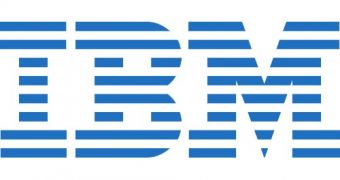One wouldn't expect companies from such completely different and nearly unrelated facets of the IT industry to suddenly come together, but that's exactly what NVIDIA, IBM, Google, Mellanox and Tyan have done.
The five corporations have chosen to work together in order to ease their entrance into, and extend their reach across, the data center industry segment.
IBM's POWER microprocessor architecture will be the primary building block of this alliance.
POWER hardware and software will become available for open development, as the POWER intellectual property (IP) will be licensable to others now.
The move is intended to allow everyone else to make open-source POWER firmware, the software that controls chip functions.
Thus, server hardware will be easier to customize according to buyer needs.
"The founding members of the OpenPOWER Consortium represent the next generation in data-center innovation," said Steve Mills, senior vice president, and group executive, IBM Software & Systems.
"Combining our talents and assets around the POWER architecture can greatly increase the rate of innovation throughout the industry. Developers now have access to an expanded and open set of server technologies for the first time. This type of 'collaborative development' model will change the way data center hardware is designed and deployed."
NVIDIA will have a particularly important role, as its CUDA technology will be integrated into POWER ecosystems.
That means that servers and data centers will be able to fully tap into the considerable parallel processing capabilities of its graphics processing units.
Meanwhile, Mellanox will provide the most efficient interconnect solution for the compute and CPU architectures.
"The OpenPOWER Consortium brings together an ecosystem of hardware, system software, and enterprise applications that will provide powerful computing systems based on NVIDIA GPUs and POWER CPUs," said Sumit Gupta, general manager of the Tesla accelerated computing business at NVIDIA.

 14 DAY TRIAL //
14 DAY TRIAL //